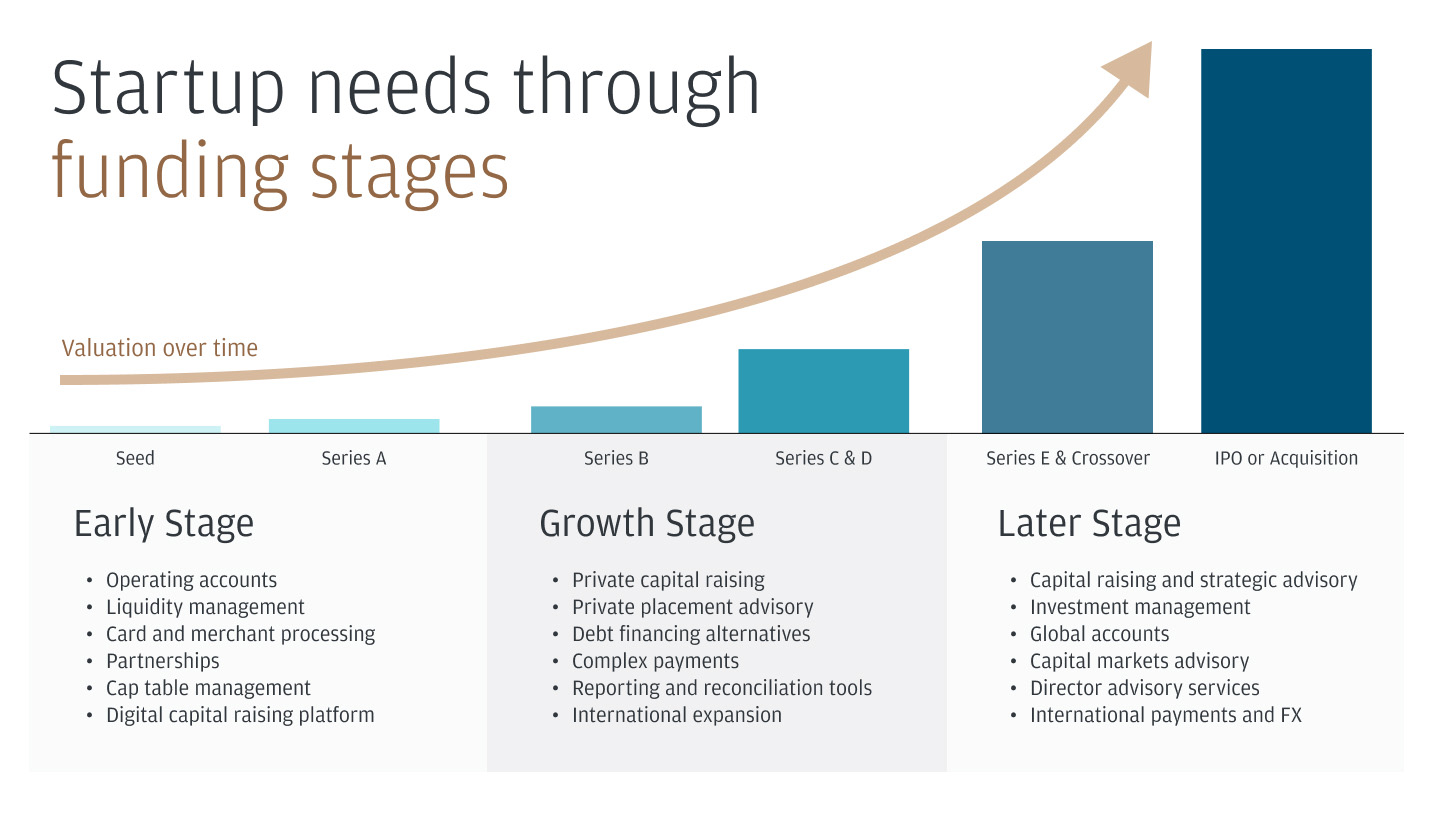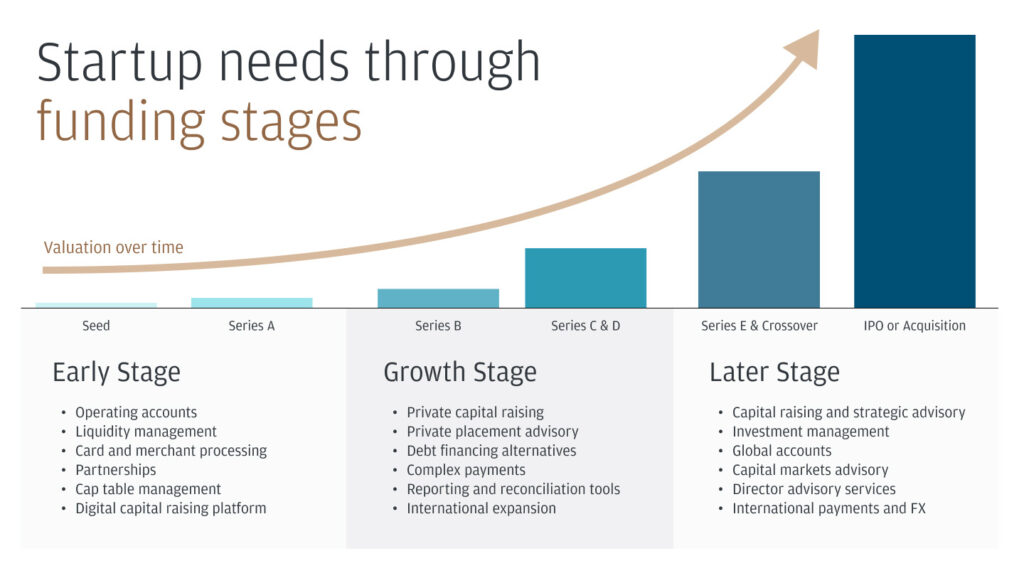My Lifeline: How Need-Based Funding Opened Doors I Thought Were Closed
Life, they say, is what you make it. But sometimes, no matter how hard you try, how diligently you plan, or how big your dreams are, you hit a wall. For me, that wall was made of money. Or, rather, the painful lack of it, standing squarely between me and the college education I yearned for. I remember those nights, staring at my bedroom ceiling, the weight of tuition fees, living costs, and textbook prices pressing down on me. It felt like an impossible mountain to climb. But then, I stumbled upon a concept that would change everything: need-based funding.
This isn’t just a fancy term; it’s a real, tangible bridge for countless students like me. If you’re feeling that same financial squeeze, that same despair, then pull up a chair. Let me tell you my story, and hopefully, shed some light on this incredible opportunity that might just be your lifeline too.
My Dream, My Wall: The Financial Hurdle
Growing up, I was always told that education was the key to a better future. I believed it with every fiber of my being. I loved learning, spent hours in the library, and envisioned myself walking across a graduation stage, diploma in hand. My grades were good, my ambition was fierce, but my family’s bank account? That was a different story.
We weren’t poor, not in the desperate sense, but we certainly weren’t wealthy. My parents worked tirelessly, making sure we had food on the table and a roof over our heads. Extras, like saving for a four-year university degree, just weren’t feasible. Every time I looked at college brochures, the numbers blurred into an intimidating, unmanageable sum. It felt like a cruel joke – having the brain and the drive, but not the cash.
I started to resign myself to a different path. Maybe a local community college, or straight into the workforce. The thought hurt, a dull ache in my chest. It wasn’t that those paths were bad, but they weren’t my dream. My dream involved a specific program, a particular campus, a whole new world of learning that seemed utterly out of reach.
What Exactly is Need-Based Funding? My "Aha!" Moment
It was during one particularly gloomy research session, scrolling through university websites, that I first saw the term "need-based financial aid." Honestly, I almost skipped over it, assuming it was just another form of scholarship I wouldn’t qualify for. But something made me pause. I clicked.
And that, my friends, was my "aha!" moment.
Let me explain it simply: Need-based funding is money given to students based on their proven financial inability to pay for higher education. It’s not about how smart you are, or how good you are at sports, or what kind of essay you can write (though those things can help with other types of aid). This kind of funding looks at your family’s income, assets, and overall financial situation, and then determines how much help you genuinely need to afford college.
Think of it this way: Imagine a pie. The total cost of college is the whole pie. Your family can afford a small slice. Need-based funding helps cover the rest of the pie, or at least a significant portion of it. The whole point is to level the playing field, making sure that talented, motivated students aren’t shut out of education just because of their economic background. It’s about access, fairness, and opportunity for everyone.
This was different from merit-based scholarships, which are awarded for academic excellence, athletic prowess, or specific talents. While those are fantastic, I knew my family’s financial situation was the biggest barrier, and that’s exactly what need-based aid addresses.
How Does It Work? Peeking Behind the Curtain
Once I understood what need-based funding was, the next question was, how do I get it? The process can seem a bit daunting at first, with forms and deadlines, but it’s entirely manageable.
The cornerstone of applying for need-based aid, at least in countries like the United States, is typically a form called the FAFSA (Free Application for Federal Student Aid). Other countries or institutions might have their own versions. This form asks for detailed financial information about you and your family: income from tax returns, assets, family size, and so on. Don’t let the paperwork scare you. It’s essentially a comprehensive picture of your financial standing.
Colleges then use this information, along with their own calculations, to determine your Expected Family Contribution (EFC). This isn’t the amount you will pay, but rather an estimate of what your family could reasonably afford to contribute towards your education for one year. The difference between the total cost of attendance (tuition, fees, room, board, books, personal expenses) and your EFC is your "demonstrated financial need." This is the gap that need-based funding aims to fill.
It’s a very standardized process, designed to be as objective as possible. They’re not looking to penalize you for what you have, but rather to understand your circumstances and provide support where it’s most needed.
Different Flavors of Need-Based Aid
Here’s where it gets really interesting, because "need-based funding" isn’t just one thing. It comes in various forms, each with its own benefits:
- Grants: These are, in my opinion, the holy grail. Grants are essentially free money that you don’t have to pay back. They are typically awarded based purely on financial need. Federal Pell Grants are a well-known example, but many states and individual universities also offer their own grant programs. When I received my grant award letter, I actually cried tears of relief. It felt like someone was genuinely investing in my future without expecting anything in return.
- Need-Based Scholarships: While many scholarships are merit-based, a significant number are also need-based. These are often offered by specific departments, alumni groups, or private organizations that want to support students from particular backgrounds or with specific needs. Unlike grants, they might have additional criteria beyond just financial need (like a specific major or community involvement), but the underlying principle of financial assistance remains.
- Work-Study Programs: This is a fantastic option where you can earn money to help cover your educational expenses by working part-time jobs, usually on campus. These jobs are often flexible and designed to fit around your class schedule. I had a work-study job in the library, which not only helped me earn money for books and daily expenses but also gave me valuable experience and a quiet place to study! It’s a win-win situation.
- Subsidized Student Loans: Now, loans are money you do have to pay back, but subsidized loans are specifically designed with financial need in mind. The government pays the interest on these loans while you’re in school at least half-time, during your grace period after graduation, and during any periods of deferment. This makes them much more affordable than unsubsidized loans, where interest starts accruing immediately. While I tried to minimize my loan burden, the subsidized option was a comforting safety net, knowing I wouldn’t be drowning in interest before I even started my career.
The financial aid package you receive might be a combination of these, tailored to your specific demonstrated need.
The Ripple Effect: How It Changed My World
Receiving my financial aid package felt like a massive weight had been lifted. The numbers, which once seemed insurmountable, were now manageable. I could see a clear path forward. I got into my dream university, enrolled in my chosen program, and began a journey I thought was impossible.
Need-based funding didn’t just pay my tuition; it gave me peace of mind. I wasn’t constantly stressed about money, working multiple grueling jobs just to get by. Instead, I could focus on my studies, engage in campus life, and truly immerse myself in the learning experience. I made friends from all walks of life, joined clubs, and even studied abroad for a semester – something I never would have dreamed possible without that foundational support.
It wasn’t just about me, either. My parents, who had carried their own burden of worry, were visibly relieved. They saw their child pursuing her passion, and that made all their sacrifices feel worthwhile. Need-based funding broke a potential cycle of limited opportunity, not just for me, but for my family’s future generations.
Why This Matters Beyond Just Me
My story is just one of millions. Need-based funding isn’t just about individual dreams; it has a profound impact on society as a whole.
- Diversity and Inclusion: It ensures that colleges and universities are not just playgrounds for the wealthy, but vibrant communities of diverse perspectives and backgrounds. This enriches the learning environment for everyone.
- Talent Development: It allows bright, motivated students, regardless of their financial circumstances, to develop their talents and contribute their skills to the workforce, research, and innovation. Imagine the doctors, scientists, artists, and teachers who would never have had the chance without this support.
- Economic Mobility: For many, a college degree is a powerful tool for upward economic mobility. Need-based funding helps break cycles of poverty, giving individuals and families a chance to build a more secure future.
- Stronger Communities: Educated citizens are more engaged citizens. They contribute to their communities, drive economic growth, and foster social progress.
In essence, investing in need-based funding is investing in a stronger, more equitable future for everyone. It’s about recognizing that potential isn’t limited by a bank account, and that every aspiring student deserves a fair shot.
Your Journey Starts Now: Don’t Give Up Hope
If you’re reading this and feeling that familiar financial anxiety, please, take heart. Don’t let money be the reason you give up on your educational dreams. Need-based funding exists precisely for people like us.
My advice to you is simple:
- Research, Research, Research: Start early. Look into the financial aid policies of every institution you’re interested in.
- Fill Out Those Forms: The FAFSA (or your country’s equivalent) is crucial. Complete it accurately and on time. Don’t assume you won’t qualify; let the system make that determination.
- Ask Questions: Financial aid offices are there to help. Don’t be afraid to reach out, clarify doubts, and ask for guidance.
- Explore All Options: Remember, it’s a mix of grants, scholarships, work-study, and potentially loans. Explore every avenue.
Need-based funding was my lifeline. It turned an impossible dream into a tangible reality. It allowed me to pursue my passion, gain an education, and build a foundation for a life I love. If you have the desire to learn, the drive to succeed, and the financial need, then this powerful tool might just be the key to unlocking your own bright future. Don’t let that wall of money stand in your way. There’s a bridge, and it’s waiting for you to cross.


